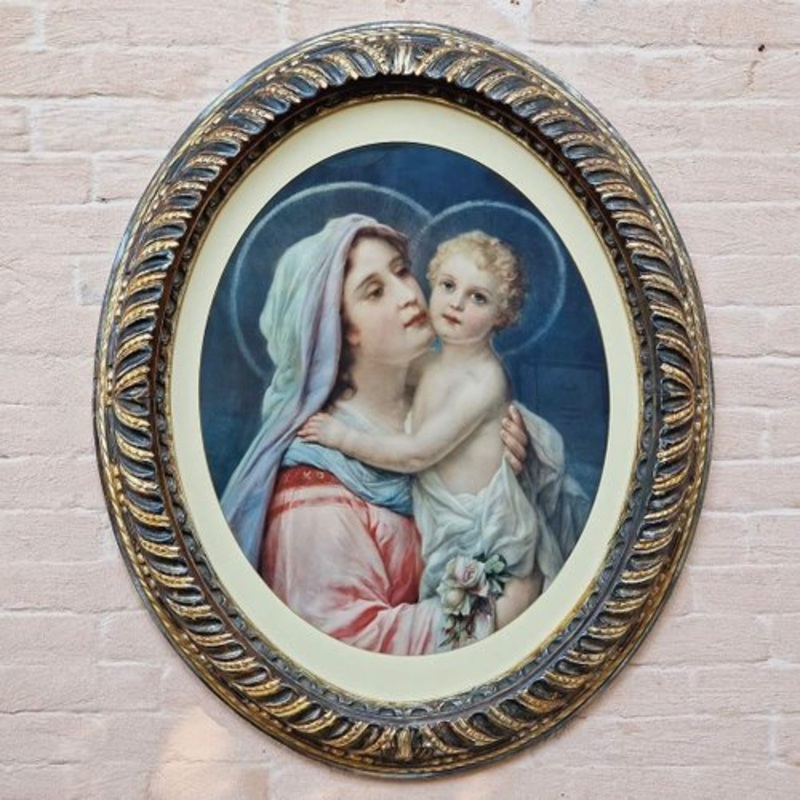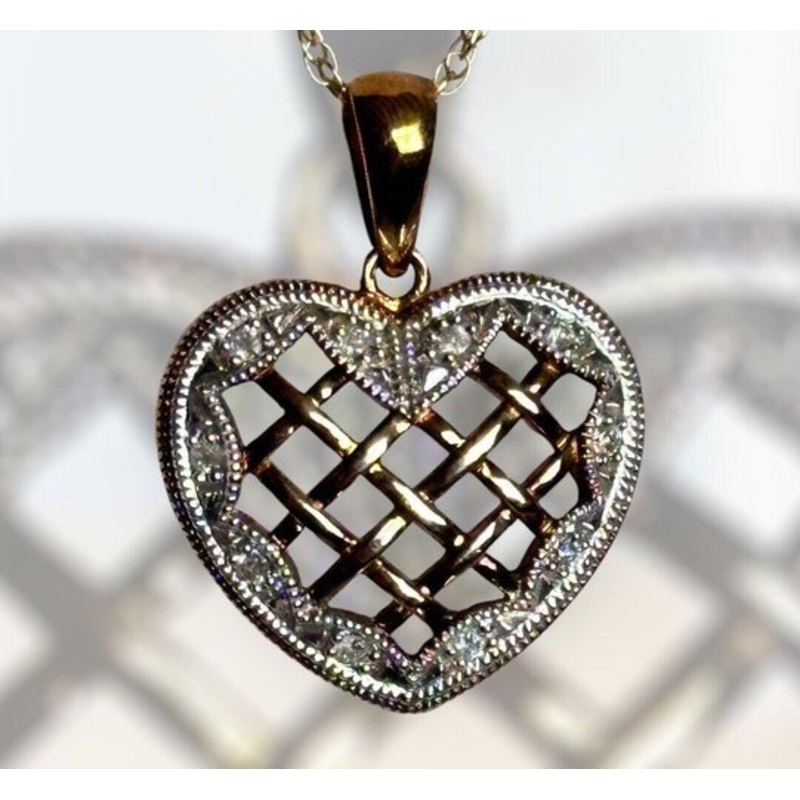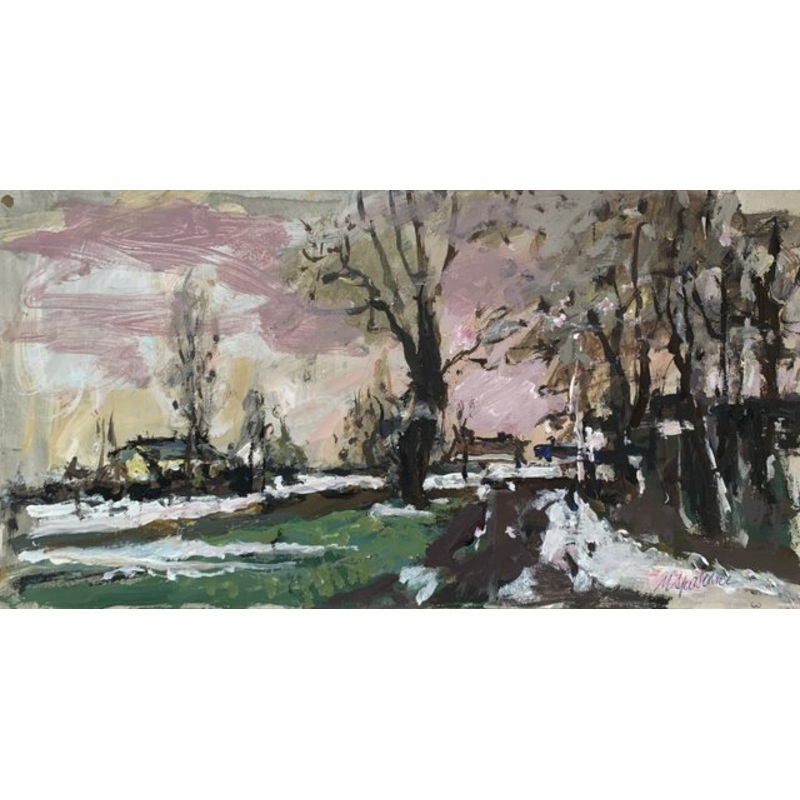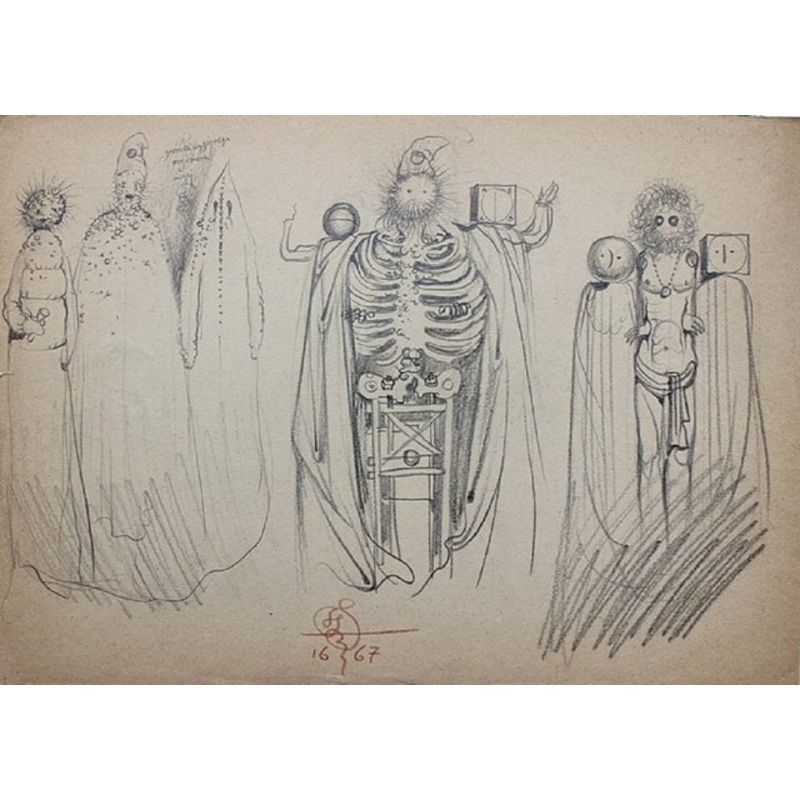Description
tienne Hajdu – Original Stamp Etching Dimensions: 32 x 24 cm Revue Art de France tienne Hajd was born Istvn Hajd on August12, 1907, in Romanian Transylvania. Under the encouragement of his Hungarian parents, Hajd pursued his interests in carving and art, and as a teenager, he trained at a Budapest vocational school in preparation for work in the timber industry. In 1926 his passion and talent for woodwork led to a short period of study in 1926 at Vienna’s Kunstgewerbeschule des sterreichischen Museums fr Kunst und Industrie followed in 1927 by his relocation to Paris. There he studied sculpture at the bastions of classical art: the studio of Emile-Antoine Bourdelle at the Acadmie de la grande chaumire (1927); cole des arts dcoratifs (1928); and cole nationale suprieure des beaux-arts (1928). By 1930, inspired by an exhibition of Fernand Lger’s modernist abstractions, Hajd abandoned his formal education and instead engaged in the world of his avant-garde contemporaries, especially painters Maria Helena Vieira da Silva and Arpad Szens, with whom he had his gallery debut in 1939 at the Galerie Jeanne Bucher, Paris. Hajd obtained French citizenship in 1930 and served in the army from 1931 to 1932, and again from 1939 to 1940. Between tours, he traveled for study: classical sculpture in Crete and Greece, Piet Mondrian’s paintings in the Netherlands, and the Romanesque sculpture and structures within the French countryside. Each experience had an indelible effect on Hajd’s art, which further evolved during his 194044 stint as a stonecutter in a Pyrenean marble factory. His exploration of different stonesonyx, marble, and slatehad a formative effect, and in 1944 he produced his first marble sculptures. Often highly polished to a uniform, undulating sheen, Hajd’s sculpture was expressionist in theme, derived from the human form abstracted into volumetric outlines and pseudo-geometric shapes that cleave distinctively into their surrounding space. Postwar advances in machinery and technology led to experimentation in aluminum, copper, and bronze, along with welding, hammering, and riveting. Modeling metal with his characteristic sinuous contours, he created freestanding sculptures and large reliefs that echo the body within their abstract, almost sublime, compositions. Hajd had his first solo exhibition at the Galerie Jeanne Bucher, Paris (1946), and his sculptures were first exhibited through the Salon de Mai, Paris (1947). The salon was an informal group of Parisian artists who celebrated the avant-garde and exhibited Hajd’s work again in 1950 in both Paris and Tokyo, and throughout the 1950s and 1960s in Paris. Hajd’s sculpture was introduced to American audiences through The New Decade: 22 European Painters and Sculptors, Museum of Modern Art, New York (1955). His sculptures also were exhibited alongside line drawings in Sculptures and Drawings from7 Sculptors, Guggenheim Museum, and he received his New York gallery debut at M. Knoedler & Company (both 1958). The Muse des beaux-arts, Dijon, France, mounted a retrospective, which traveled to the Mcsarnok, Budapest (1978), and Muzeul Naional de Art al Romniei, Bucharest (1979). In 1969, the French Ministry of Culture awarded Hajd the Grand Prix National de Sculpture. Hajd died on March 24, 1996, in Bagneux, France.
| Period | 1960 to 1969 |
|---|---|
| Production Period | 2010 to Present |
| Detailed Condition |
New This is a new (unused) item of contemporary design. |
| Product Code | XAB-717960 |
| Materials | Aluminum, Bronze, Copper, Metal |
| Color | Ivory |
| Width |
24 cm 9.4 inch |
| Depth |
1 cm 0.4 inch |
| Height |
32 cm 12.6 inch |
| Duties Notice | Import duty is not included in the prices you see online. You may have to pay import duties upon receipt of your order. |






Reviews
There are no reviews yet.